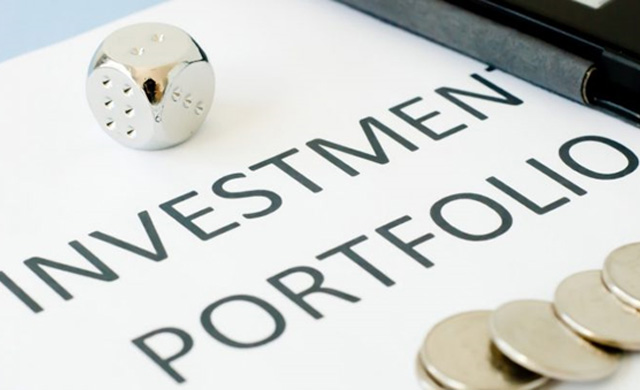“Illusions are something pleasant. The disadvantage is that they tend to burst like a burble.” – Wolfgang Kurz

“It is true that the market is brutal to most of the people who challenge it. But so is Mount Everest, and that should not – and does not – stop people from trying to reach the top. What is expected of a mountain or a market is only that it has no favorites – that it treats all challengers as equals.” – Mark Minervini
Investopedia describes a high-yield investment program (HYIP) as a fraudulent investment scheme that purports to deliver extraordinarily high returns on investment. High-yield investment schemes often advertise yields of more than 100% per year in order to lure in victims. In reality, these high-yield investment programs are Ponzi schemes, and the organizers aim to steal the money invested.
Wonder Banks
Another name for a HYIP is “a wonder bank.’ Isn’t it a wonder that one will double one’s money in a month or a quarter or a year without lifting one’s fingers, as compared to very low returns of legitimate banks? In my country, some wonder banks existed within the years 2006 – 2008. They promised high returns every month or quarter or 6 months. Some investors gave money to them, and while certain people got their money back, most people were unable to get their money back. The wonder banks failed and such entities were subsequently banned. It’s one of the reasons why most people hate online trading.
That’s why one sage says that extraordinary claims require extraordinary proof, because if something sounds too good to be true, it probably is.
There are ‘wonder banks’ all over the world and most of them are scammers running Ponzi schemes. Recently, one wonder bank got access to the subscribers’ base of a legitimate financial organization. The wonder bank promised returns of 500% within 5 hours if an individual advert recipient deposited any amount between $1000 and $1,000,000 with them. Did you need to be advised before you knew the wonder bank was made of scammers? If their claims were genuine, then there wouldn’t be poor people on earth again. If their claims were genuine, they wouldn’t need to solicit the members of the public for such kind of investment program.
Shady persons promised such returns because it fit the mindset of most people. 1% returns per month doesn’t fit the mindset of most people, and thus, they find it difficult to accept. On the other hand, sane people will agree that 1% returns per month are good and one can be rich with that ultimately.
10% per cent per months without a single losing month is impossible. 1.27% profit per day is impossible. No company would promise that and still be in business for a long time. I’m not saying that 10% per month or 1.27% is impossible in the short-term (though that’s based on pure luck and successful trading needs far more than luck), but I’m saying that there’s no firm that can last long aiming for that.
How long will it take a unit of real estate to appreciate by 100%? What about fixed deposits and bonds? Could you force 5% appreciation on each of them on monthly basis? Yet, most traders can’t even accept 5% profits per month.
One respected friend once asked me how much I make per month. I mentioned that I target only 1% per month, no matter my account size, and in some cases I make more than that in several months per year. He was disappointed, for he was expecting me to mention that I make between 20% – 50 per month. Please see the quote above: Illusions are something really pleasant.
Another wise funds manager recently told me that it’s difficult to manage money for greedy people. Some of his investors complained that he didn’t make enough profits: not that he didn’t make profits, but that he didn’t make enough profits. They weren’t even thankful for the existence of their capital. It’s clear that these investors would be risking too high if they were to trade themselves and they’d end up blowing the accounts. People don’t appreciate the existence of what they’ve until they lose it.
Someone nicknamed ‘Handle123’ on Elitetrader.com says that [the trader] is like the tortoise and the rabbit, no wonder the tortoise lives to be over hundred years old, he learned to go slow and don’t take dumb chances of moving a foot before knowing if it can be life threatening risk. And rabbits have little defense other than speed, but many more rabbits in the stew pot than tortoises (square brackets mine).
Please think about the preceding paragraph. Do you want to be like a tortoise or like a rabbit?
Anyone who believes in excessively high returns over short periods of time isn’t psychologically prepared to make money. They can’t even settle for 2% growth per month. They’d rather go for at least, 100% per month (unrealistic expectations). In fact, such a person would end up being a loser in life.
I end this piece with the quote below:
“The best investment you can make is in your own education. Unless you are educated in how the markets work, how to invest in or trade shares, the psychology behind trading and investing, and which derivatives can give you the best returns, you have little hope of being profitable as a trader.” – Louise Bedford
Copyright: Tallinex.com
What Super Traders Don’t Want You To Know: Super Traders


 Hot Features
Hot Features











